Bibliography
Border illustration (lithograph; S.215 ) from Brahms Fantasies .
ADLMANN, JAN. Rediscovering Max Klinger, Art News, vol. 70, no. 9 (January 1972), pp. 52 ff.
ASHBERY, JOHN. The Joys and Enigmas of a Strange Hour, Art News Annual , 1967.
AVENARIUS, FERDINAND. Max Klinger als Poet . Munich: G. D. W. Callwey, 1921.
BEATTY, FRANCES. Max KlingerThe Premonition of Illusion, Art in America , vol. 62, no. 4 (July-August 1974), pp. 78 ff.
BEYER, CARL. Max Klingers Graphisches Werk von 1909 bis 1919 Eine Vorlufige Zusammenstellung in Anschluss an den Oeuvre-Katalog von Hans W. Singer. Leipzig: P. H. Beyer und Sohn, 1930.
DE CHIRICO, GIORGIO. Max Klinger, in Metaphysical Art, compiled by Massimo Carra with Patrick Waldberg and Ewald Rathke. Translation and historical foreword by Caroline Tisdall. New York: Praeger, 1971, pp. 97 ff. (First published in II Convegno, Milan, May 1920.)
DCKERS, ALEXANDER. Max Klinger. Berlin: Rembrandt Verlag, 1976.
HOFSTTTER, HANS H. Idealismus und Symbolismus. Vienna & Munich: Anton Schroll und Co., 1972.
HOFSTTTER, HANS H. Symbolismus und die Kunst der Jahrhundertwende . Cologne: M. DuMont Schauberg, 1965.
KLINGER, MAX. Malerei und Zeichnung, 2nd ed. Leipzig: Breitkopf & Hrtel, 1895.
KHN, PAUL. Max Klinger. Leipzig: Breitkopf & Hrtel, 1907.
MAX KLINGER 18571920. Ausstellung zum 50. Todestag des Knstlers, 4 Juli 20 September 1970. Leipzig: Museum der bildenden Knste.
MAX KLINGER: A Glove and Other Images of Reverie and Apprehension. Wichita, Kansas: Wichita Art Museum, 1971.
PASTOR, WILLY. Max Klinger. Berlin: Amsler, 1919.
SCHMID, MAX. Klinger. Bielefeld: Velhagen, 1906.
SINGER, HANS W., ed. Briefe von Max Klinger aus den Jahren 1874 bis 1919. Leipzig: E. A. Seemann, 1924.
SINGER, HANS W. Max Klingers Radierungen Stiche und Steindrucke. Berlin: Amsler und Ruthardt, 1909.
Notes on the Plates and Summaries of the Cycles
by J. Kirk T. Varnedoe, with Elizabeth Streicher
The heading for each plate reproduced gives the following information: the title of the plate in English, followed by the German title (when this is not identical with the English) as given in the Singer catalogue (Hans Wolfgang Singer, Max Klingers Radierungen Stiche und Steindrucke, Berlin: Amsler und Ruthardt, 1909); the Singer catalogue number (e.g., S.10, S.11, etc.); the medium (etching, or etching and aquatint; see Technical Note); the dimensions of the plate on which the image is drawn; and the dimensions of the image itself. All dimensions are given with height before width, and are given first in centimeters, then in inches.
FRONTISPIECE: The Artist in the Garret ( Der Knstler in der Dachstube ), S.261, etching and aquatint
Plate: 16 x 7.4 cm., 6 x 2  in.
in.
Image: 14.6 x 6.1 cm., 5 11/16 x 2  in.
in.
The plate is said by Singer to represent Klingers friend, the Norwegian painter and novelist Christian Krohg, and to date from Klingers stay in Brussels in the late 1870s. Krohg and Klinger were fellow students under Karl von Gussow both in Karlsruhe and Berlin, and shared living quarters in the mid-1870s. Krohg was later to be the teacher of Edvard Munch. Bundled up against the cold, with a piece of bread waiting on top of his traveling-bag, the artist stares intently at the canvas on the easel before him. His thoughts may be on the book he has been reading (on the floor, lower right), Manette Salomon, a realist novel (1865) by Edmond and Jules de Goncourt. Manette Salomon deals with artistic life in Paris, and contains lengthy criticism of contemporary Salon exhibitions, generally echoing the call of the poet Baudelaire for an art depicting the romance of modern civilization. This interest in realist literature would seem to be at odds with Klingers other interests in Brussels. He went there to study with the painter Charles-Emile Wauters, a notorious purveyor of neomedieval horror fantasies.
ETCHED SKETCHES ( Radierte Skizzen ), 1879
8 plates, 2 editions (both 1879)
An apparently unrelated group of fantasy images, in which appear for the first time some of Klingers recurrent personal images: sinister animals, tantalizing women, societal conflict. Klinger hoped to dedicate these prints to the composer Johannes Brahms, but they were published without a dedication.
- 1.
The Beginning of Spring ( Frhlingsanfang ) , S.19, etching and aquatint
Plate: 41.5 x 16.8 cm., 16  x 6
x 6  in.
in.
Image: 25.9 x 16.3 cm., 10 x 6  in.
in.
A young woman dreamily fondles a flower, as she lies in a field below a stand of bare trees just beginning to sprout buds. The implied unity between human mental life and the cycle of nature is here expressed in a composition whose virtually shadowless flatness testifies to Klingers study of Japanese woodblock prints.
- 2.
Dying Wanderer ( Sterbender Wanderer ), S.22, etching and aquatint
Plate: 41.4 x 29.7 cm., 16  x 11
x 11  in.
in.
Image: 30.6 x 17.4 cm., 12  x 6
x 6  in.
in.
In a landscape of rock and ice, an old man, dressed only in a loincloth, leans feebly against a rock. His spear has slipped from his hand, and he is powerless to escape the death prefigured by the intently waiting vulture. This image of natures implacable, sinister cruelty offers a striking comparison with the lyrical optimism of Plate 1.
RESCUES OF OVIDIAN VICTIMS ( Rettungen Ovidischer Opfer ), 1879
13 plates, 5 editions: 1879,, 1882, 1891, 1898
A curious reformulation of Ovids Metamorphoses, in which the tragic fates of three pairs of mythological loversPyramus and Thisbe, Narcissus and Echo, and Apollo and Daphneare changed. Klinger invents new endings for Ovids stories, often rescuing the protagonists only to cast them into disappointing or ambiguous new situations. The plates dealing with the narration are composed with conventional formulae of nineteenth-century classicism, but the interspersed Intermezzo images, which bear no relation to the tales, are more obviously Japanese in stylistic inspiration. The cycle is dedicated to the memory of the composer Robert Schumann, and the use of Intermezzo plates may be an attempt by the artist to orchestrate this cycle in a musical fashion. Klinger in fact once asserted that he had been influenced by Schumanns working methods.
- 3.
Painterly Dedication/ Invocation ( Malerische Zueignung / Anrufung ) , S.25, etching and aquatint
Plate: 41.2 x 25.7 cm., 16 x 10 in.
Image: 38.6 x 23.5 cm., 15 



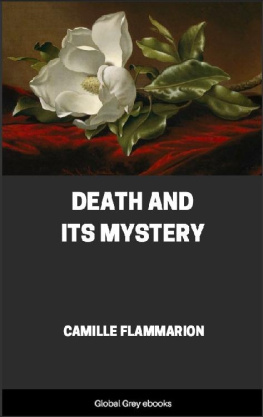
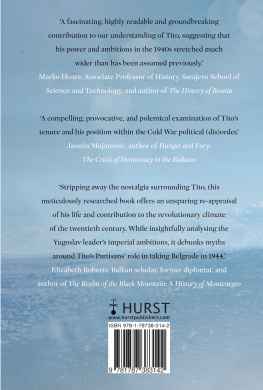

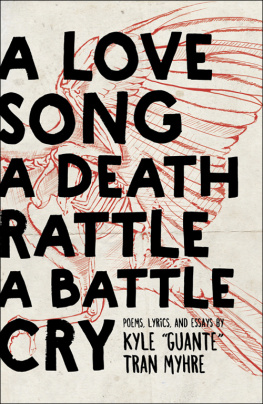
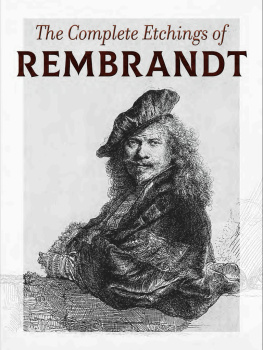


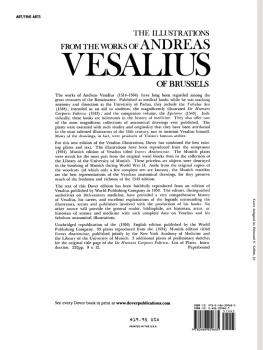
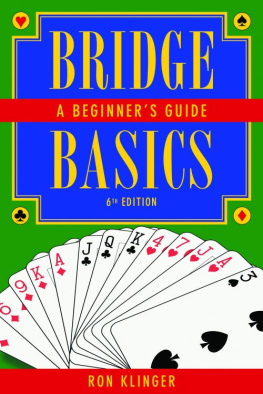


 in.
in. in.
in. x 6
x 6  x 6
x 6